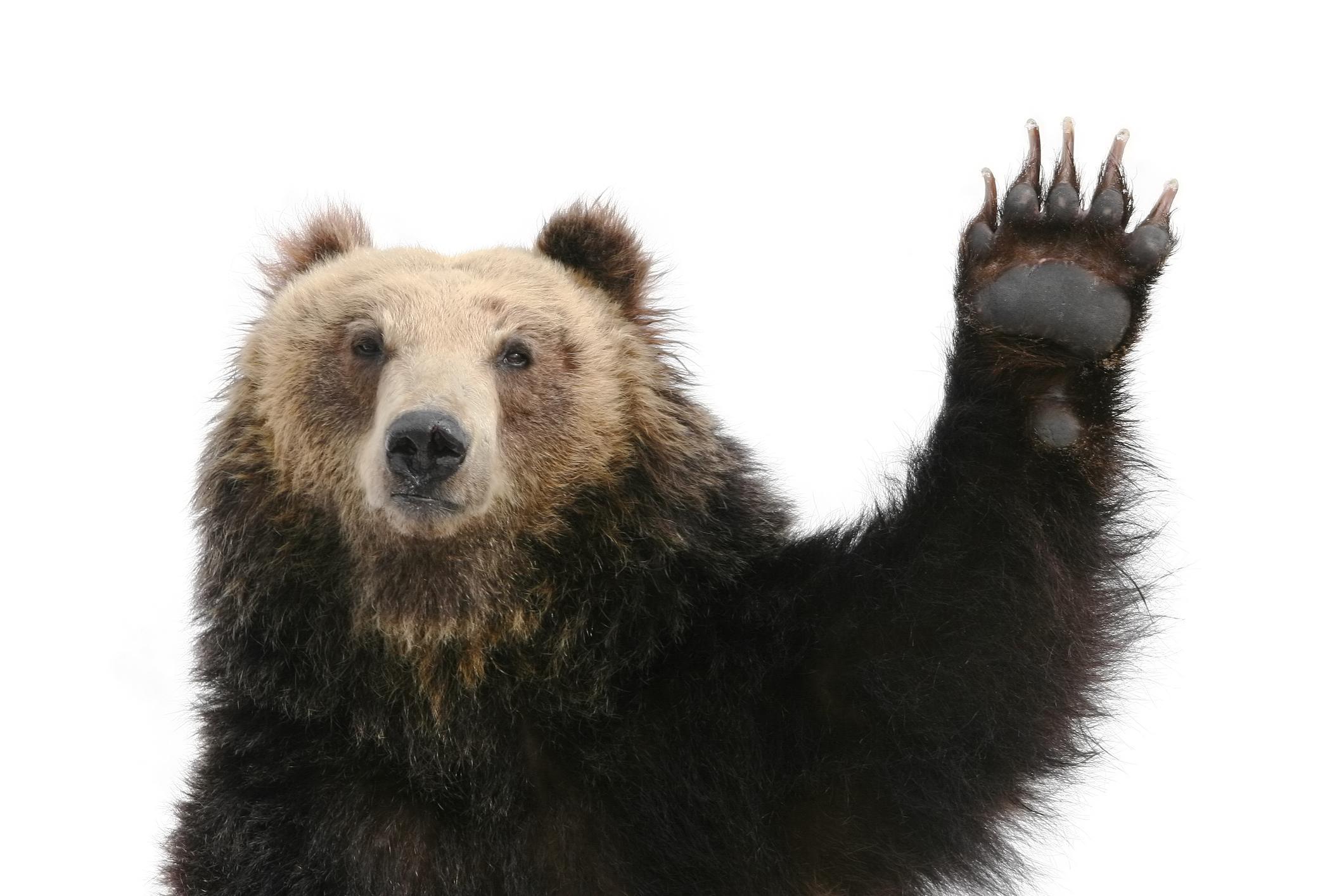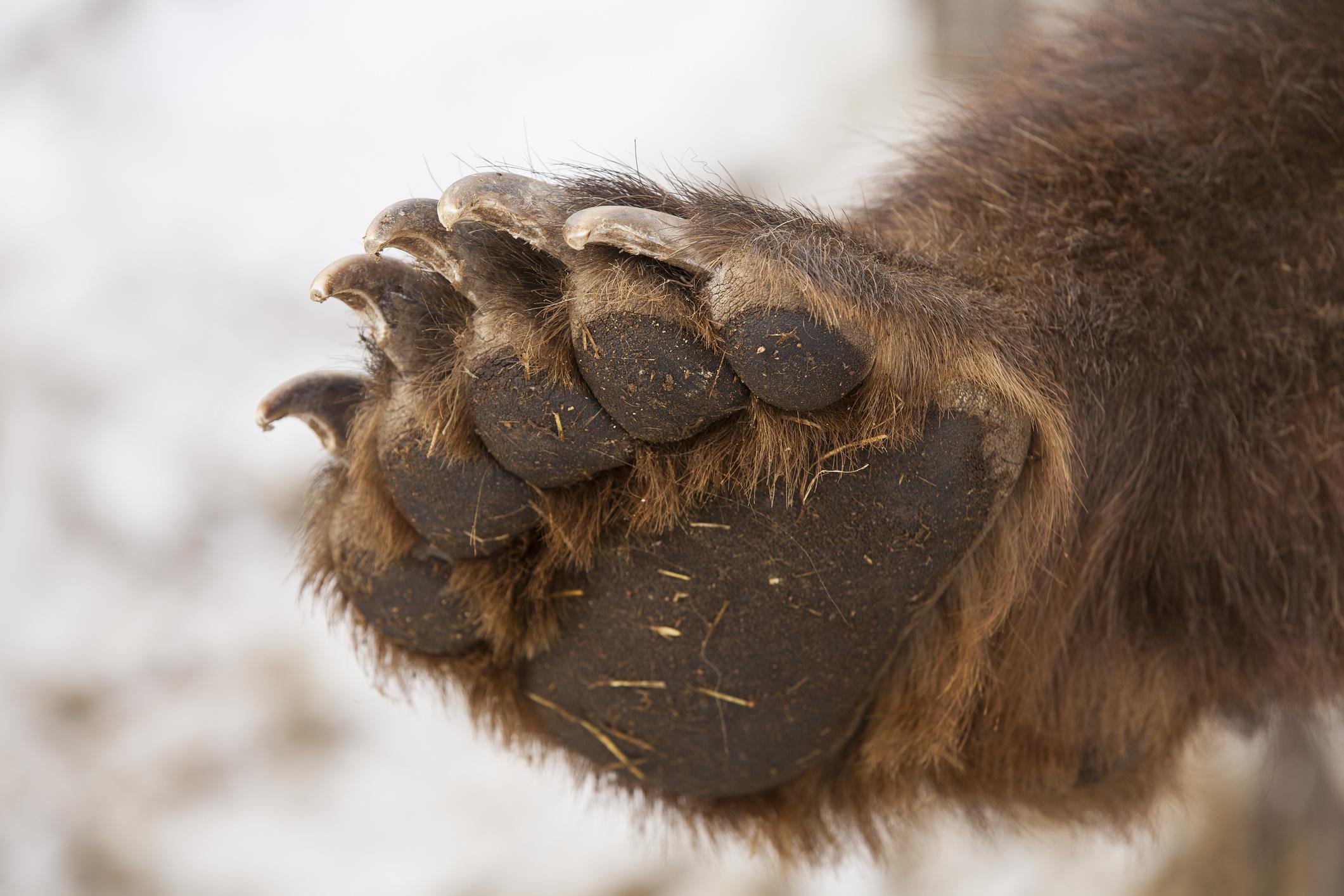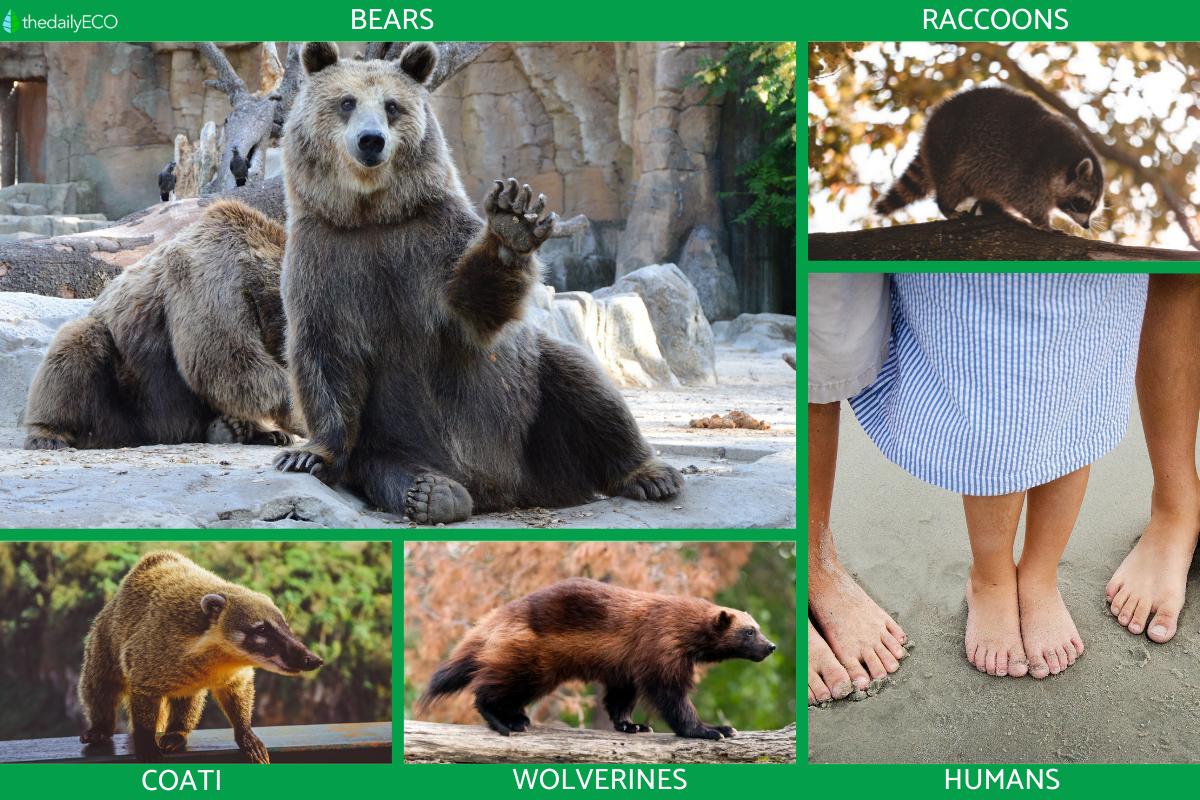Plantigrades Meaning and Examples


At thedailyECO, we show you there are many ways to categorize animals. This ranges from their eating habits and morphological characteristics to their reproductive behaviors and type of habitat. One group of categorization you may not have considered is locomotion. How animals move is imperative to their survival. For example, birds that cannot fly will have a much tougher time than those that do not. An animal's extremities are usually adapted specifically to their habitat and behaviors, something we can see with plantigrade animals. We explain more by looking at the meaning and examples of plantigrades in nature.
What are plantigrade animals?
Although their habitats vary greatly, terrestrial animals need to traverse the land in various ways. These types of movement are known as locomotion. Plantigrade animals are those which carry out plantigrade locomotion, a type of movement largely determined by the formation of their feet. We can provide a definition of plantigrades as animals with the following features:
- Feet: plantigrade animals are those that have the palm or sole of their feet completely resting on the ground in order to move, along with their respective nails or claws.
- Limbs: plantigrades can be quadrupeds , that is to say, they walk on all fours, or bipeds, meaning they support themselves on four or two limbs, respectively. Some may switch between walking on four limbs or two, although they will usually have one type of movement they prefer. This can be seen in bears.
- Mammals: all plantigrades are mammals, meaning microscopic plantigrades do not exist. Microscopic organisms have locomotion independent of limbs, such as using their cilia.
- Bones: all plantigrades depend on their limbs and on other specific characteristics in their bone structure. We look at these in more detail in the sections below.
A more direct definition of plantigrades is the following:
Plantigrades are terrestrial mammalian animals which walk with the toe bones and metatarsals of their feet flat on the ground.
Another method of categorizing animals is by their dormancy habits. Explore this topic with our guide to different types of hibernating animals.
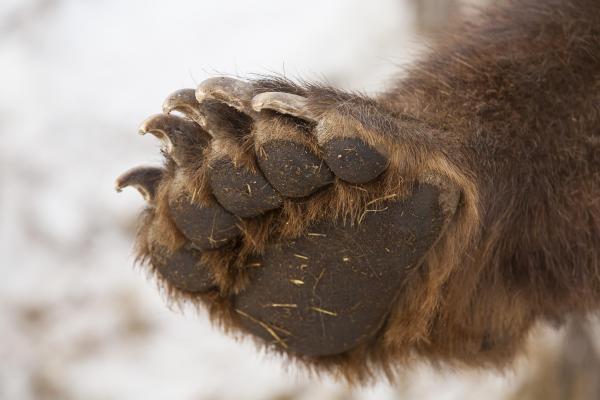
Characteristics of plantigrades
Now we know the definition of plantigrades, we can look at some of their common characteristics. These include the following:
- Mammals are the only extant plantigrade animals, although now-extinct pterosaurs were considered at least partially plantigrade.
- Legs of plantigrade animals are made up of the bones of the upper femur and humerus, as well as the lower tibia, ulna, fibula, and radius.
- Plantigrades have an efficient distribution of weight on a wide and safe platform, giving them better balance to move, feed, reproduce and interact with their environment.
- They have a larger number of bones and tendons compared to other animals.
- Plantigrades are slower than digitigrades or ungulates because they have more structures in the plantigrade limbs.
- The surface that rests on the ground of a plantigrade's foot can be the palmar or plantar, depending on whether it is their forelimbs or hindlimbs, respectively
- Whether forelimb or hindlimb, the surface of a plantigrade's feet are hairless.
- Their feet have five toes which serve to distribute the weight evenly.
- They can raise up on their hind limbs, even if this movement is more difficult for them.
- The foot is positioned vertical in relation to the extremities.
Plantigrade locomotion is a form of terrestrial locomotion which is older in terms of evolution. Other types of locomotion such as digitigrade animals evolved later. Human beings use plantigrade locomotion.
Learn the importance of travel in the animal kingdom by looking at different types of cosmopolitan animal species.
Examples of plantigrades in nature
To better understand how plantigrade animals move, we can look at some examples of plantigrades in nature
Bears (Ursidae)
Bears largely move around on all fours, but they also have the ability to raise themselves with their hindlegs and walk on two limbs for a short time. This is due to their plantigrade posture as the flat sole of their feet can support their weight. Bears have five non-retractable claws that also help them support and grip the ground for stability.
This plantigrade condition helps bears to have a varied and specialized diet. This is because they are able to catch fish with their forelimbs while supporting themselves on their hindlimbs, as well as reaching into trees to find insects and other food sources at height.
Raccoons (Procyon spp.)
Raccoons are generally considered plantigrade animals, although some categorize them as semi-plantigrades. This is because their hindlimbs are plantigrade, but their forelimbs have paws which are more like hands than feet. Their greater dexterity allows them to move along the ground on all fours, but they usually stand on their hindlimbs only when eating or carrying out other activities.
The dexterity of raccoon limbs is such that they are known as washing bears. This is partly due to their resemblance of animals from the family Ursidae, as well as their habit and ability to wash their food. Their tactility is a very strong sense, made stronger by the fact they have a membrane on their skin which allows better grip when wet.
Coati (Nasua spp.)
A close relation of the raccoon is the coati, as they are from the same family known as Procyonidae. They can climb trees with the help of their plantigrade feet and a long tail. They have the peculiarity in plantigrades in that they can rotate their ankles 180° while descending, seemingly defying gravity when falling.
Wolverine (Gulo gulo)
The wolverine is among the group of animals known mustelids, as well as the raccoon and the coati. Despite this, their physicality gives them an appearance more like a bear. They are plantigrade with five-fingered legs, thanks to which they have a great ability to climb the trees and snow-covered mountains typical of their habitat. They are small, standing only 18" (45 cm) from foot to shoulder when positioned bipedally. Despite this size, they are extremely ferocious and can kill prey much larger than themselves, include goats and deer.
Humans (Homo sapiens)
As stated above, humans are plantigrades, as are other primates. Although we can walk on all fours with more difficulty, we support ourselves largely on our hindlimbs. The plantigrade surface of the human foot is known as the ball and in the hand it is called the palm.
The plantigrade ability was decisive in modern humans. Thanks to the fact that archaic humans were able to balance their weight on his hind limbs, their hands were freed to undertake more difficult tasks. Their brain began to develop also, giving way to speech and creativity, to name a few qualities that have led us to build civilizations.
We learn about another group of animals defined by their feet with our article on what are even-toed ungulates?
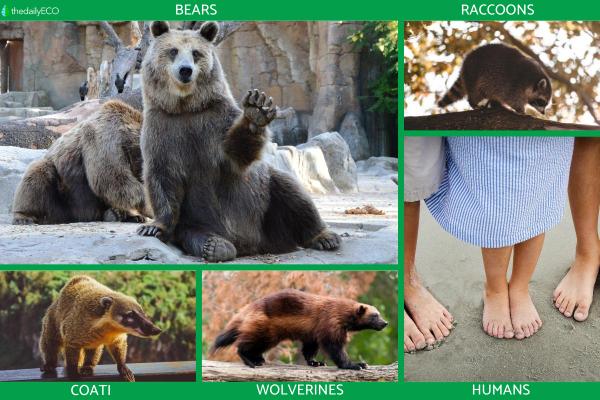
If you want to read similar articles to Plantigrades Meaning and Examples, we recommend you visit our Biology category.
- Milne, E., & Comte, A. (1843). Elements of Zoology: natural history of animals. Madrid: General Company of Printers and Booksellers of the Kingdom.
- Encyclopaedia Britannica. (2012) Great Atlas of Science. Barcelona: Editorial Sol90.





